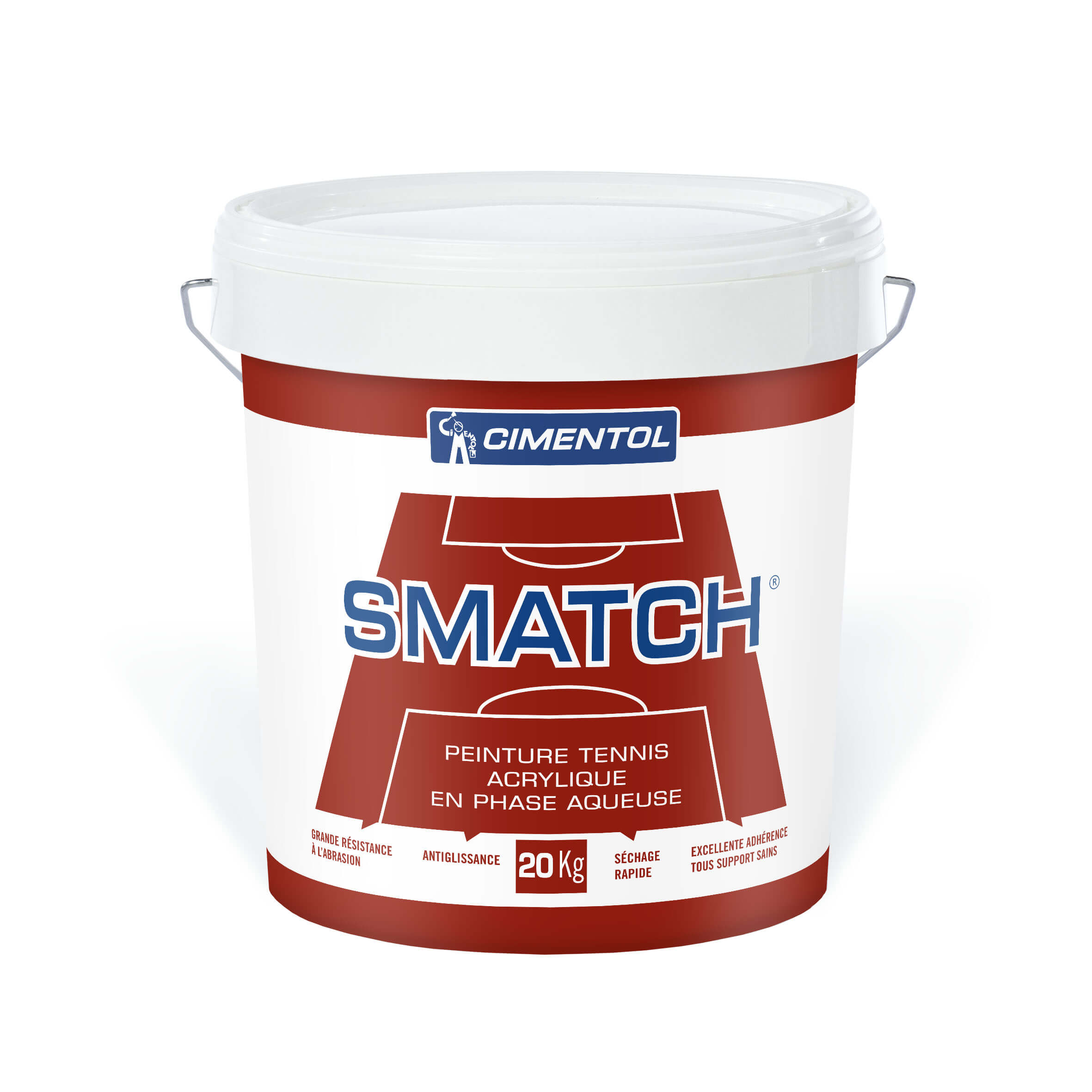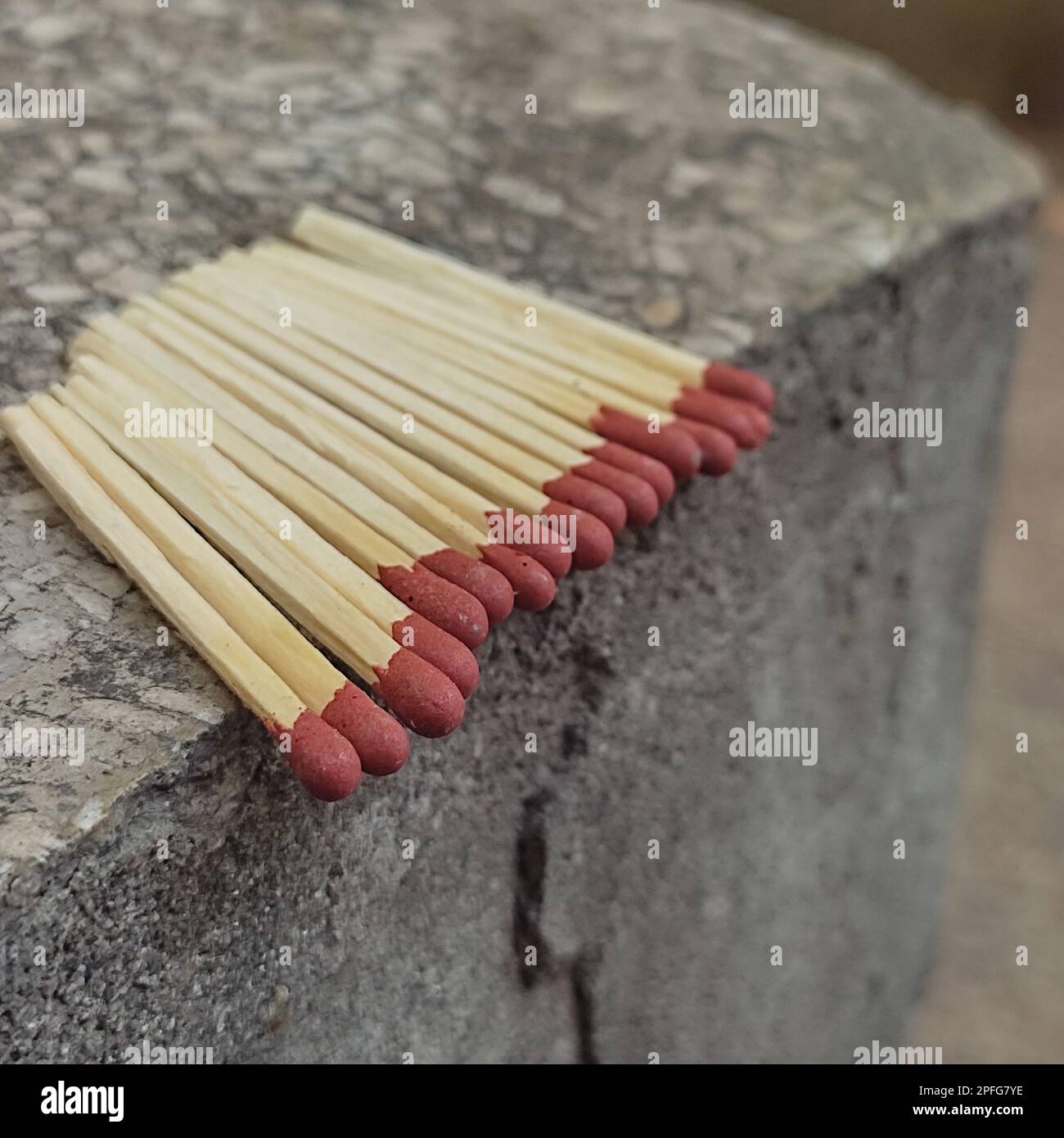Have you ever thought about how something as small as a tiny match could change the world? Seriously, these little sticks of wood or cardboard may seem insignificant, but they’ve played a huge role in human history. Tiny matches have sparked fires, fueled innovation, and even saved lives. So, let’s dive into the fascinating world of tiny matches and discover why they’re much more than just a tool for lighting candles.
Now, you might be wondering, “Why should I care about tiny matches?” Well, my friend, these little guys are everywhere! From your kitchen drawer to camping trips, tiny matches are essential in our daily lives. They’re not just about convenience; they’re about survival, creativity, and even romance. Yep, you heard that right—romance. Think about those cozy nights with candlelight dinners. It all starts with a tiny match!
Before we get into the nitty-gritty details, let’s set the stage. Tiny matches aren’t just random inventions. They’ve evolved over centuries, and their story is filled with twists and turns. So, whether you’re a history buff, a DIY enthusiast, or someone who simply loves learning cool stuff, this article is for you. Buckle up, because we’re about to explore the world of tiny matches like never before!
The Origins of Tiny Matches
Let’s rewind the clock a bit and talk about where tiny matches came from. Believe it or not, the concept of matches has been around for centuries. Back in the day, people used flint and steel to create sparks, but that was messy and time-consuming. Then, in the early 1800s, a guy named John Walker came up with the first friction match. It wasn’t perfect, but it was a game-changer.
Fast forward to the mid-1800s, and we see the birth of the modern tiny match. These little sticks were coated with chemicals that ignited with just a swipe. Suddenly, lighting fires became way easier. Can you imagine trying to start a campfire with just a rock and some twigs? Yeah, me neither. That’s why tiny matches became an instant hit.
Key Players in Match History
Now, here’s where things get interesting. There were a few key players in the match-making world who really stood out. First up, we have Gustaf Erik Pasch, a Swedish chemist who invented the safety match. This was a big deal because earlier matches were, well, kinda dangerous. They could explode in your pocket or set your house on fire. Pasch’s invention made matches safer and more reliable.
- Gustaf Erik Pasch – The safety match innovator
- John Walker – The guy who started it all
- Friction matches – The early versions that got the ball rolling
And let’s not forget the matchstick factories that popped up all over Europe and America. These factories employed thousands of workers and helped spread the use of tiny matches worldwide. It was a booming industry, and tiny matches became a household staple.
How Tiny Matches Work
Alright, so you know what tiny matches are, but do you know how they work? It’s actually pretty cool. Each matchstick is coated with a special mix of chemicals that react when you strike it against a rough surface. The friction generates heat, which ignites the chemicals and creates a flame. Simple, right? But there’s more to it than meets the eye.
Modern tiny matches come in two main types: friction matches and safety matches. Friction matches can be lit on any rough surface, while safety matches require a special striking surface. This design makes safety matches, well, safer. They’re less likely to ignite accidentally, which is a big plus when you’ve got curious kids or pets around.
Chemistry Behind the Flame
So, what’s inside those tiny matches that makes them so powerful? The answer lies in chemistry. The head of a matchstick contains a mix of chemicals like potassium chlorate, sulfur, and glass powder. When you strike the match, the friction breaks down these chemicals, releasing oxygen and heat. This chain reaction creates the flame you see.
And here’s a fun fact: the color of the flame depends on the chemicals used. Some tiny matches produce blue flames, while others give off a yellow glow. Scientists have even developed matches that burn with different colors for special effects. Cool, right?
Uses of Tiny Matches in Daily Life
Now that we know how tiny matches work, let’s talk about how we use them in our daily lives. Sure, they’re great for lighting candles and starting fires, but that’s just the tip of the iceberg. Tiny matches have a ton of other uses that you might not even realize. Let me break it down for you.
Camping and Survival
First up, we’ve got camping and survival. Tiny matches are a must-have for any outdoor adventure. Whether you’re roasting marshmallows or building a shelter, matches can save the day. They’re lightweight, easy to carry, and super reliable. Just make sure to keep them dry, or they won’t work when you need them most.
Cooking and Lighting
Next, we have cooking and lighting. In many parts of the world, tiny matches are still used to light stoves and lamps. They’re also perfect for lighting candles during power outages or romantic dinners. And let’s not forget about birthday cakes! Can you imagine blowing out candles without a match? It just wouldn’t be the same.
DIY Projects
Finally, we have DIY projects. Tiny matches are great for crafting, especially if you’re into making miniature models or sculptures. You can even use them to create art or decorations. Just use your imagination, and the possibilities are endless!
Environmental Impact of Tiny Matches
While tiny matches are awesome, they’re not without their downsides. Let’s talk about the environmental impact of these little sticks. First off, most matches are made from wood or cardboard, which means they come from trees. If we’re not careful, this could lead to deforestation and habitat loss.
Then there’s the issue of waste. Once a match is used, it’s usually thrown away. Multiply that by billions of matches used every year, and you’ve got a serious problem. But don’t worry, there are ways to reduce the impact. Some companies are now making eco-friendly matches from recycled materials, and others are exploring biodegradable options.
Sustainable Solutions
So, what can we do to make tiny matches more sustainable? Here are a few ideas:
- Use matches made from recycled materials
- Choose biodegradable matches whenever possible
- Dispose of used matches properly to prevent pollution
It’s all about being mindful of our choices and doing our part to protect the planet. After all, we only have one Earth, and it’s up to us to take care of it.
Health and Safety Considerations
Now, let’s talk about health and safety. While tiny matches are generally safe to use, there are a few things to keep in mind. First, always store matches in a secure place, especially if you’ve got kids or pets around. Matches can be dangerous if mishandled, so it’s important to follow safety guidelines.
Another thing to watch out for is inhaling match fumes. While the chemicals in matches are safe in small amounts, prolonged exposure can be harmful. So, if you’re lighting a lot of matches at once, make sure you’re in a well-ventilated area.
First Aid Tips
Here are a few first aid tips in case of accidents:
- If someone swallows a match, seek medical attention immediately
- For burns, cool the affected area with water and seek medical help if necessary
- Keep a fire extinguisher handy in case of emergencies
Remember, prevention is key. By using matches responsibly, you can avoid accidents and stay safe.
Technological Advancements in Tiny Matches
Believe it or not, tiny matches are still evolving. Thanks to advancements in technology, we now have matches that are safer, more efficient, and even smarter. For example, some matches come with built-in sensors that detect when they’re being struck. This makes them less likely to ignite accidentally.
There are also matches that can be lit with a simple touch. No more struggling to strike them against a rough surface. Just tap, and you’ve got a flame. It’s like magic, but better!
Future of Tiny Matches
So, what does the future hold for tiny matches? Well, scientists are working on developing matches that are even more eco-friendly and sustainable. They’re also exploring new materials and designs that could make matches safer and more efficient. Who knows? Maybe one day we’ll have matches that charge your phone or power your car!
Interesting Facts About Tiny Matches
Before we wrap things up, let’s take a look at some interesting facts about tiny matches:
- The world’s smallest matchbook was created in 2019 and is about the size of a grain of rice
- In 2020, over 500 billion matches were produced worldwide
- Matches were once considered a luxury item and were only available to the wealthy
Isn’t it amazing how much history and science are packed into such a tiny object? Tiny matches truly are a marvel of human ingenuity.
Conclusion: Why Tiny Matches Matter
And there you have it, folks! Tiny matches may be small, but they pack a big punch. From their humble beginnings to their modern-day innovations, these little sticks have played a huge role in shaping our world. Whether you’re lighting a candle, starting a campfire, or creating art, tiny matches are an essential tool in our lives.
So, the next time you strike a match, take a moment to appreciate the science, history, and craftsmanship behind it. And don’t forget to use them responsibly and sustainably. Together, we can make a difference!
Now, it’s your turn. Got a favorite use for tiny matches? Or maybe you’ve got a cool story to share? Drop a comment below and let’s keep the conversation going. And if you liked this article, don’t forget to share it with your friends. Spread the spark of knowledge, one match at a time!
Table of Contents
- The Origins of Tiny Matches
- How Tiny Matches Work
- Uses of Tiny Matches in Daily Life
- Environmental Impact of Tiny Matches
- Health and Safety Considerations
- Technological Advancements in Tiny Matches
- Interesting Facts About Tiny Matches



Detail Author:
- Name : Brad Dach
- Username : howe.alford
- Email : raquel82@hotmail.com
- Birthdate : 1976-04-20
- Address : 49515 Quinton Mill Haleyburgh, MD 90694-8992
- Phone : 1-308-426-5416
- Company : Beatty-Olson
- Job : Forensic Science Technician
- Bio : Culpa est sequi porro tempore est. Unde possimus aperiam rerum mollitia laborum tempora. Saepe quas iure rerum sed et. Accusamus ipsa est corrupti.
Socials
facebook:
- url : https://facebook.com/earnestine_id
- username : earnestine_id
- bio : Aspernatur veritatis maiores nesciunt aspernatur tempora.
- followers : 6927
- following : 1443
tiktok:
- url : https://tiktok.com/@earnestine_official
- username : earnestine_official
- bio : Accusamus culpa voluptatem nesciunt enim sequi labore voluptatum.
- followers : 3939
- following : 545